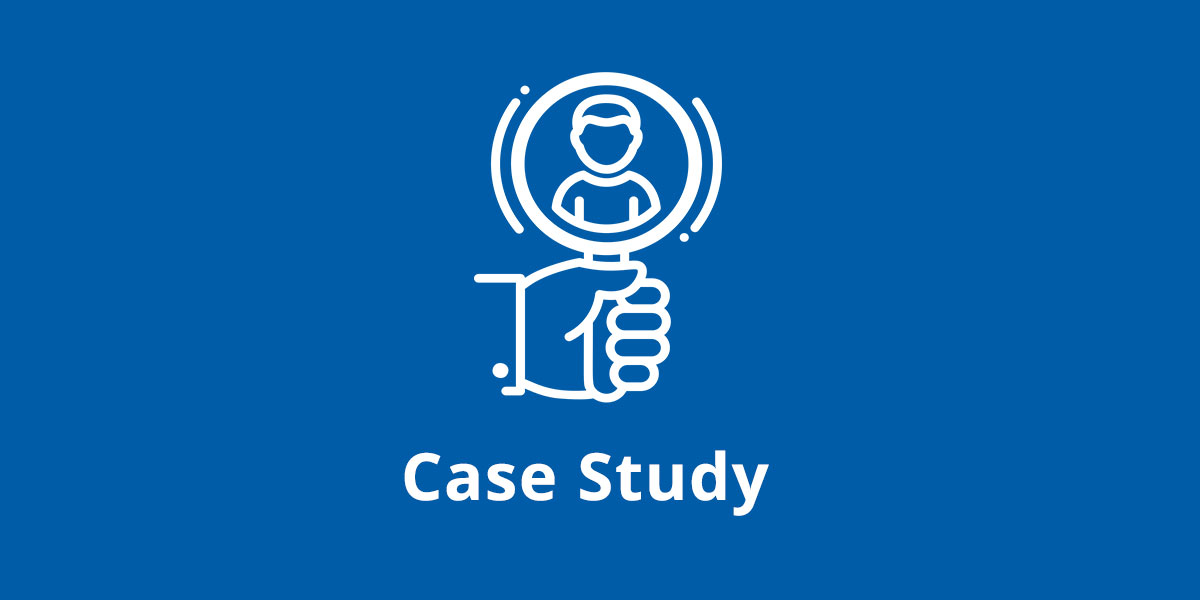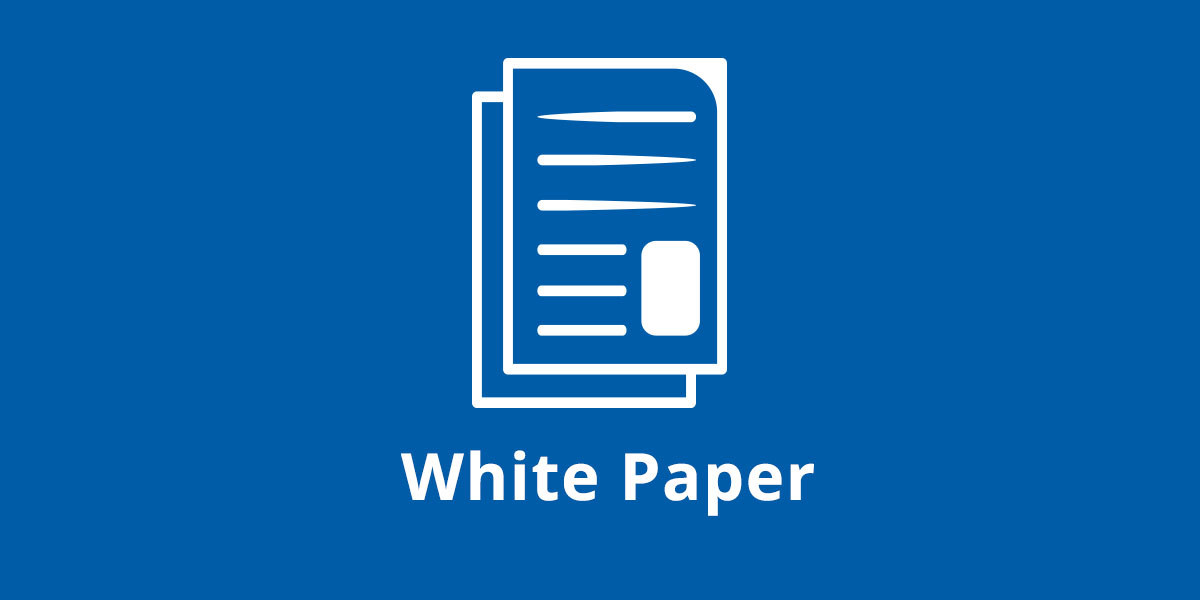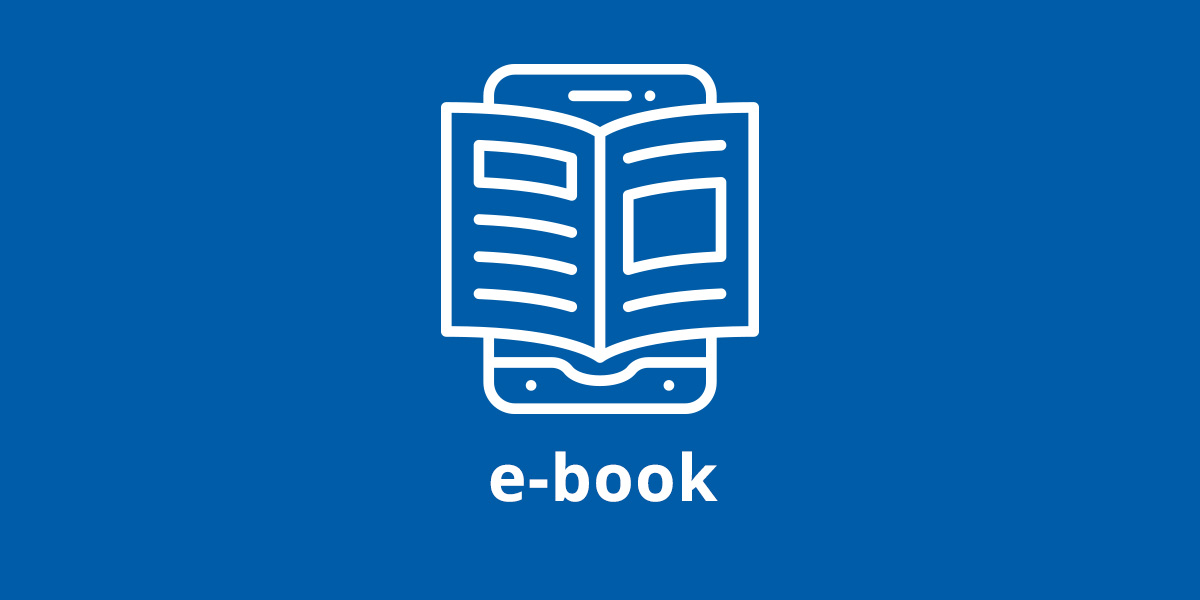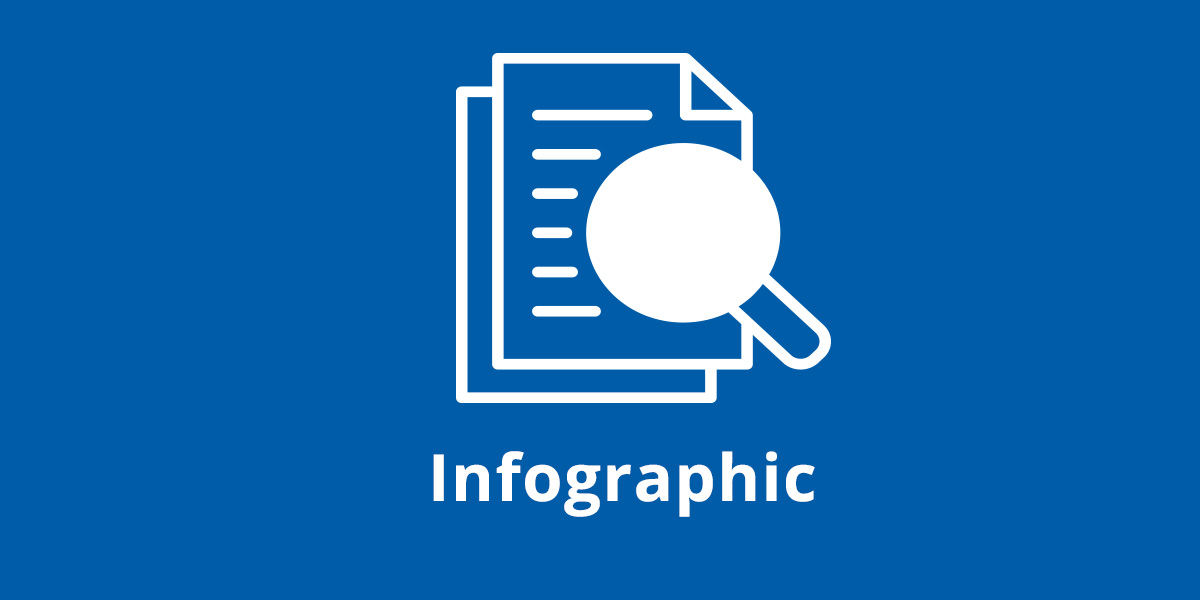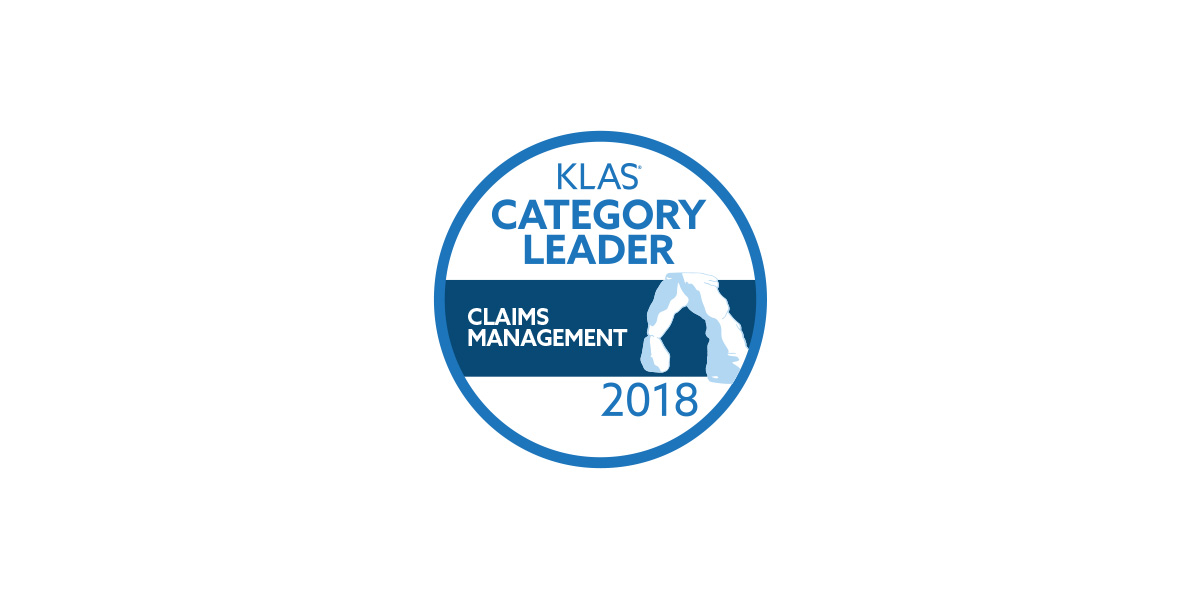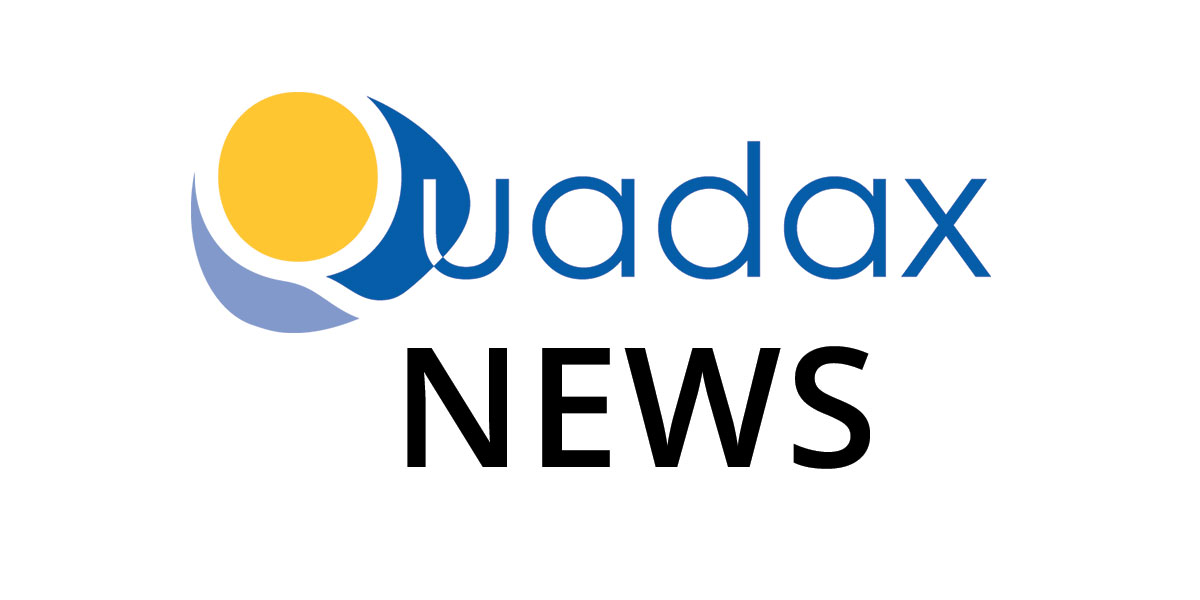For a cash posting manager, Halloween’s got nothing on the horrors of manual splitting, posting, and reconciling remittances.
Skeletons and ghouls are not nearly as frightening as an impending month-end with all your posting staff working overtime to post and reconcile receipts. Needing to resolve a patient payment issue but not having a way to efficiently look up all payments posted to the patient’s account—that’s a lot more anxiety-inducing than a haunted house.
Before Adena Health System began using RemitMax™ by Quadax, the staff spent a lot of time printing and scanning lockbox documents, because the bank only retained three months’ worth of correspondence and paper remittance data. Paper documents waiting to be scanned filled cabinet after cabinet, which delayed insurance follow-up work, delayed answers to customer service questions, and also delayed cash posting. Referencing the source documents to solve any posting errors meant combing through the cabinets armed with the deposit date of the batch. If the deposit date had been entered into the scan incorrectly, they would likely never find the document, since that was all they had to search by.
Now that’s a horror story.
Implementing RemitMax at Adena Health System brought about numerous improvements for the entire business office. One of the early wins was the document retention, the excellent search functionality, and the elimination of the perpetual printing and scanning of paper remittances and correspondence by Adena staff. Another was the ability to reassign staff to more valuable follow-up work because of the huge time savings that RemitMax has helped them realize with automatic splitting and electronic posting.
Angela Lowery, Cash Posting Revenue Cycle Manager at Adena Health System in Ohio, will be discussing revenue cycle life before and after RemitMax when she presents “Transforming Remittance Management into a High-Performance Operation,” a live webinar on Thursday, November 1, 2018, at 2:00 p.m. (EDT).
Angie is enthusiastic about the difference that RemitMax has made in the entire business office at Adena Health System—for lockbox savings, for morale, for improved customer service, and for better follow-up and the opportunity for revenue recovery. Join us to hear more about Adena’s transformational experience with RemitMax by Quadax!
To read more about RemitMax, download the e-book, Surviving the Paper Storm. If you would like to learn how RemitMax can transform your business office, Request a Demo!





